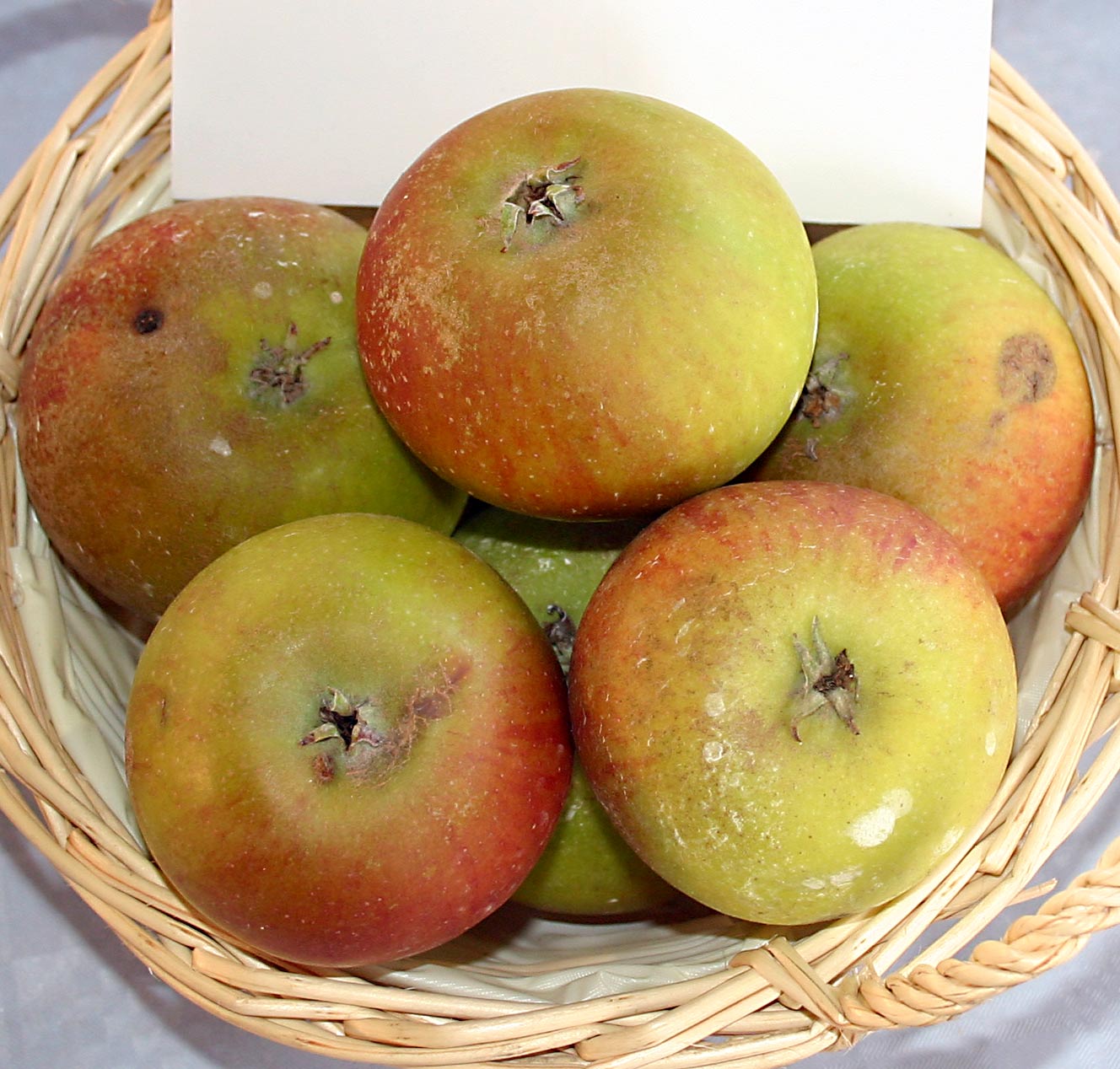Prima Apple Information: Prima Apple Growing Conditions And Care


Prima apple trees should be considered by any home gardener looking for a new variety to add to the landscape. This variety was developed in the late 1950s for delicious, sweet apples and good disease resistance. Prima apple tree care is easy, so it makes a perfect choice for most gardeners who love apples.
Prima Apple Information
Prima is an apple variety that was developed by a collaborative program between Purdue University, Rutgers University, and the University of Illinois. The PRI in the name Prima comes from these three schools that worked together to develop and plant the first Prima apple trees in 1958. The name also represents the fact that this was the first variety to be made by the cooperative group. Some of the apples in Prima’s pedigree include Rome Beauty, Golden Delicious, and Red Rome. Prima was bred to have good disease resistance, and it is highly resistant to scab. It has some resistance to cedar apple rust, fire blight, and mildew. This is a mid-season tree, flowering just a little before Golden Delicious. It produces apples with a superior, sweet flavor, white flesh, and a good texture. They are prized for eating fresh and for desserts and can be stored well into winter while maintaining a crisp texture.
How to Grow Prima Apple Trees
The best Prima apple growing conditions are similar to those for other apple trees. This variety is hardy through zone 4. It likes to have a lot of sun and can tolerate a range of soil types. Watering is only necessary until the roots get established and during dry periods in the growing season. For fruit to set, you will need at least one other apple variety in the nearby area. You can find Prima on dwarf or semi-dwarf rootstock, which means that trees will grow to 8 to 12 feet (2.4 to 3.6 m.) or 12 to 16 feet (3.6 to 4.9 m.) tall. Make sure you give your new tree plenty of space to grow and spread. Disease is not a big issue with Prima, but you should still watch for signs of infections or pests to attack the problem and manage it early.
Gardening tips, videos, info and more delivered right to your inbox!
Sign up for the Gardening Know How newsletter today and receive a free copy of our e-book "How to Grow Delicious Tomatoes".

Mary Ellen Ellis has been gardening for over 20 years. With degrees in Chemistry and Biology, Mary Ellen's specialties are flowers, native plants, and herbs.
-
 Looking For Plants To Give You The Soft And Fuzzies? Try These 5 Fuzzy Leaf Plant Options
Looking For Plants To Give You The Soft And Fuzzies? Try These 5 Fuzzy Leaf Plant OptionsLovers of texture, drama, silver foliage and tactile plants will adore these special sensory garden additions. These fuzzy leaf plant options will leave you all aglow
By Susan Albert
-
 Get Ready For A Summer Of Hummers! Grow These Full Sun Hummingbird Plants and Flowers
Get Ready For A Summer Of Hummers! Grow These Full Sun Hummingbird Plants and FlowersIf you’re lucky enough to enjoy a sunny backyard, make sure you are maxing out on your pollinator opportunities and grow these full sun hummingbird plants and flowers
By Tonya Barnett